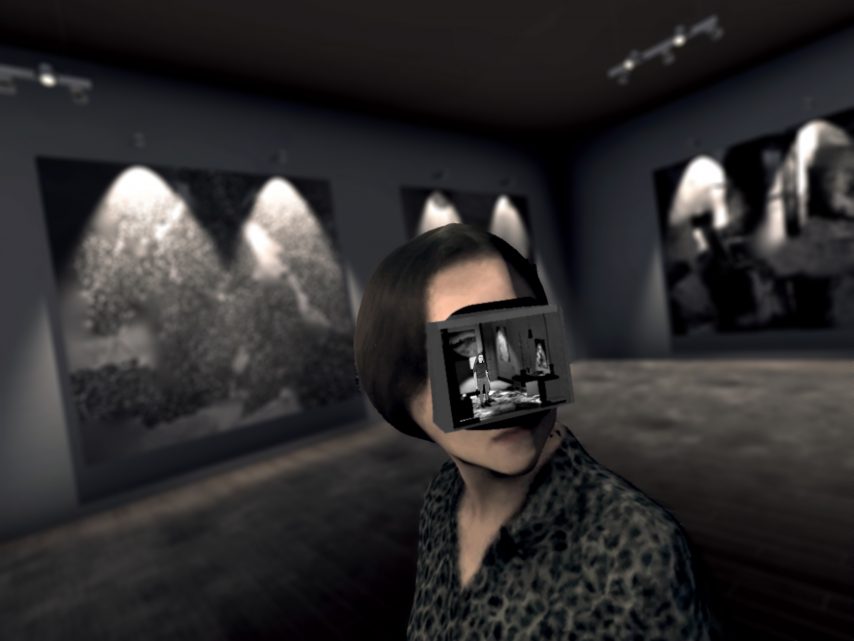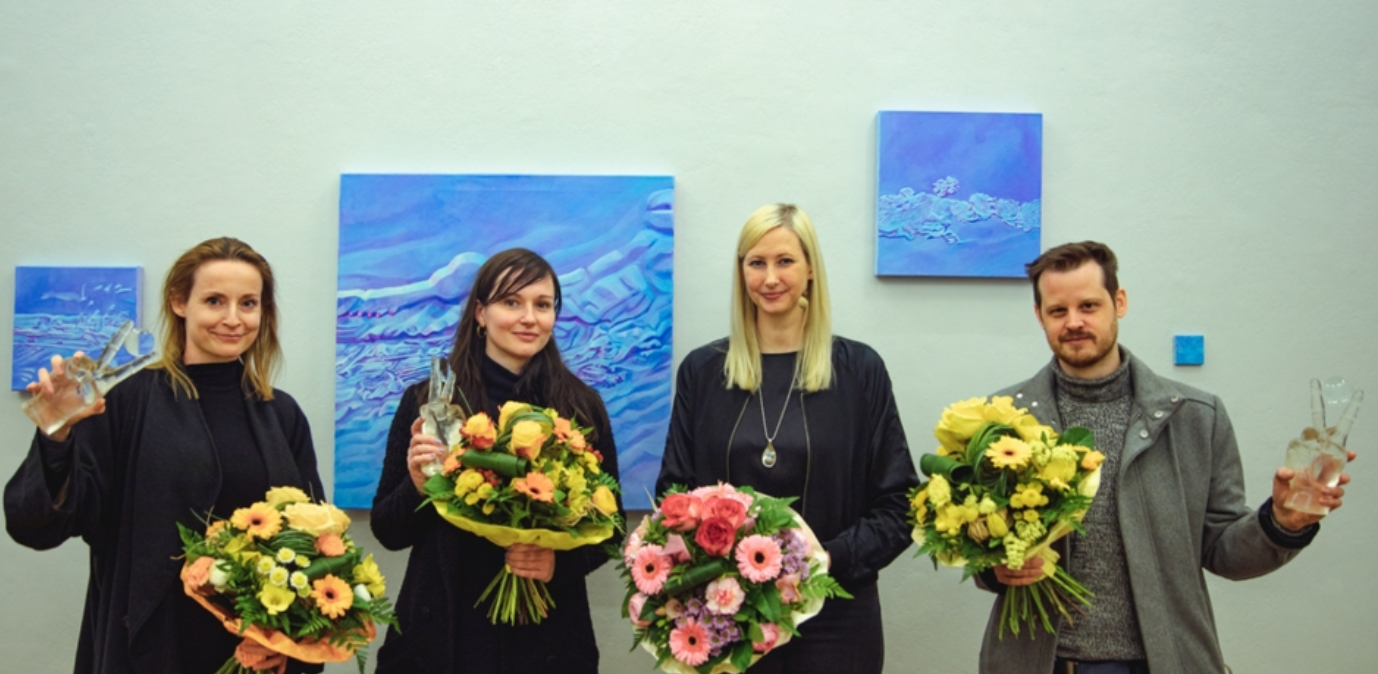Image Technology Echoes
28th April 2020
In the immersive experimental fiction Image Technology Echoes, we enter a quiet gallery inside a cavernous museum space. The gallery is empty, except for an older man and a younger woman, who have a stilted conversation about the painting they are looking at: a large expressionist canvas depicting a stormy ocean. The starched conversation seems to circulate indefinitely… unless the visitor enters the body of one of the two figures, at which time they are transported to the respective mental space of that character. Each is a messy room with its own life. In this room, the person’s doppelganger homunculus recites their stream of consciousness, and the painting appears very different.
In September 2020, Image Technology Echoes was included in the competitive Vancouver International Film Festival as one of its Featured Projects – Volumetric Market. It was also displayed as a prototype demonstration at the Espronceda Institute for Arts and Culture in Barcelona in October 2020. Image Technology Echoes celebrated its world festival premiere at the International Film Festival Rotterdam in June 2021 and has been very well received across many of the top global VR communities since. In May 2021, Image Technology Echoes won first place at the prestigious VR ART PRIZE, awarded by Deutsche Kreditbank (DKB) in cooperation with the Contemporary Arts Alliance (CAA) Berlin, and was featured in an exhibition at Haus am Lützowplatz April-June 2021. It also received acclaim during this time in the American Business Magazine, Forbes (Rabimov, Stephan. “Why the First Virtual Reality Art Prize Is Perfect For 2020“).

Performed by real actors using volumetric video capture and written in collaboration with deep learning frameworks, Image Technology Echoes asks how we experience perception and embodiment and how much could happen below the surface of those we meet.
The actors were captured in our state-of-the-art volumetric video capture studio at Trinity College Dublin using cutting-edge technology developed by V-SENSE’s spin-out company, Volograms. Compared to traditional video production, the volumetric capture requires the actor to perform within a wall-to-wall green screen stage featuring 12 cameras that capture many viewpoints. This technology serves best when the cameras have a complete view of each actor, a necessity that imposed a complex challenge in capturing two people interacting with each other, potentially obscuring the picture in some cameras. To avoid placing the actors in the studio simultaneously, we recorded each performance individually using carefully timed audio cues, eye line targets, and strict blocking. You can learn more about the capture technology on the Volograms website or dig into the technical details behind our research here.
Credits:
By Lauren Moffatt
Produced by Aljosa Smolic and V-SENSE
Funded by Science Foundation Ireland under Grant Number 15/RP/27760
With kind support from Espronceda Institute of Art & Culture
Featuring Maeve O’Mahony and Jonathan White
Technical director for volumetric video production Matthew Moynihan
Technical director for Unity integration Nico Nonne
Technical support provided by Rafael Pages, Jan Ondrej, Konstantinos Amplianitis, Patrick Geoghegan, Iman Zolanvari, Rogerio da Silva, Alan Cummins
Creative support from Néill O’Dwyer
Dramaturgical support from Nicholas Johnson
Administrative support from Gail Weadick
Sculpture asset adapted from “current state” 2016, by Lisa Tiemann





